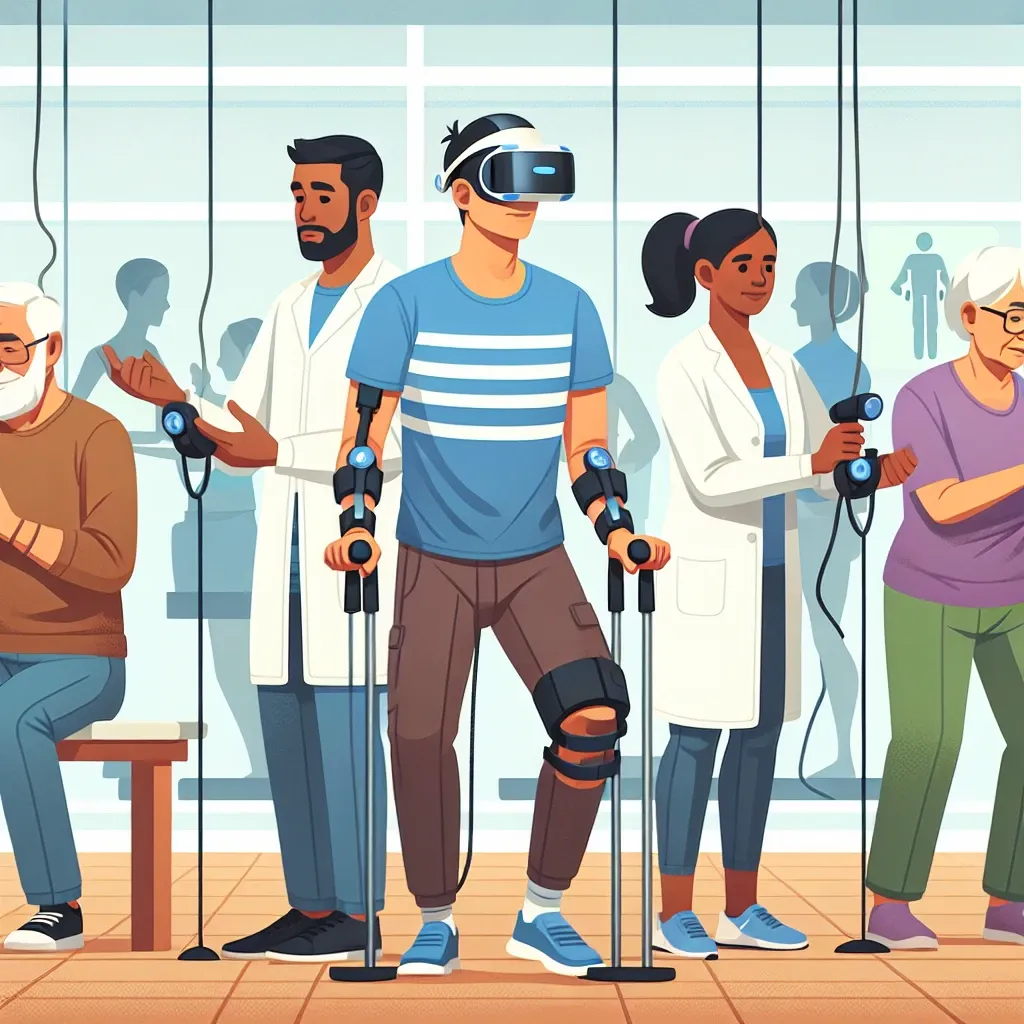Introduction
Over the past few years, technology has played an increasingly important role in various fields, and physical rehabilitation is no exception. Among the innovative technologies that have emerged, Virtual Reality (VR) stands out as a game-changer. This article explores the role of virtual reality in physical rehabilitation, examining its benefits, applications, and future potential.
What is Virtual Reality?
Virtual reality is a computer-generated simulation of a three-dimensional environment that can be interacted with using specialized equipment like VR headsets and motion sensors. By creating immersive experiences, VR allows users to engage in activities that may be difficult or impossible in the real world.
The Importance of Physical Rehabilitation
Physical rehabilitation is a critical process in helping individuals recover from injuries, surgeries, or debilitating conditions. Traditional physical therapy often involves repetitive exercises that can be boring for patients. The goal of rehabilitation is to regain strength, flexibility, and function while minimizing pain, and this is where virtual reality can significantly enhance the process.
Benefits of Virtual Reality in Physical Rehabilitation
- Enhanced Engagement: VR provides an immersive experience that can make rehabilitation exercises more engaging and enjoyable, leading to better patient adherence.
- Real-Time Feedback: VR systems can offer immediate feedback on performance, helping patients to make adjustments on the fly and learn more effectively.
- Personalized Therapy: VR can be tailored to meet individual needs, allowing therapists to design specific programs that suit each patient’s abilities and goals.
- Reduced Perception of Pain: The immersive nature of VR can distract patients from pain or discomfort during their rehabilitation exercises.
- Omnidirectional Progress: Virtual environments can simulate various scenarios that help patients practice real-world skills in a controlled setting.
Applications of Virtual Reality in Rehabilitation
1. Neurological Rehabilitation
Patients recovering from strokes or traumatic brain injuries often face mobility challenges. VR interventions can help retrain neural pathways by allowing patients to practice motor skills in a safe environment. Games designed for VR can stimulate cognitive functions and improve coordination simultaneously.
2. Orthopedic Rehabilitation
For patients recovering from orthopedic surgeries, VR can assist in restoring movement and strength. Customized VR programs can simulate activities like walking, running, or climbing stairs, providing patients with a realistic and motivating rehabilitation experience.
3. Pediatric Rehabilitation
Children often find traditional therapy sessions tedious, which can lead to disengagement. VR offers an engaging platform that can make rehabilitation fun, helping young patients stick to their treatment plans.
4. Gait and Balance Training
VR is particularly effective in training gait and balance, which are crucial for patients recovering from falls or neurological impairments. Immersive environments can create challenges that enhance spatial awareness and stability.
Challenges and Limitations
While the benefits of VR in physical rehabilitation are significant, there are also challenges and limitations to consider:
- Cost: Implementing VR technology can be expensive, both for rehabilitation centers and patients.
- Access and Availability: Not all rehabilitation facilities have access to VR systems, limiting its widespread use.
- Potential Motion Sickness: Some patients may experience motion sickness or dizziness while using VR, which can hinder their experience.
- Individual Differences: The effectiveness of VR therapy can vary based on individual preferences and conditions, requiring careful consideration and customization.
Future of Virtual Reality in Rehabilitation
The future of virtual reality in physical rehabilitation looks promising, with ongoing advancements in technology and research. As VR becomes more affordable and accessible, it is expected that more rehabilitation centers will integrate it into their therapy programs. Continuous research will likely uncover new applications and methods to enhance patient outcomes further.
Conclusion
The role of virtual reality in physical rehabilitation is transforming the way therapists approach recovery. By providing engaging and personalized experiences, VR is not only helping patients regain their physical abilities but also motivating them throughout the healing process. As technology continues to evolve, the potential for VR in rehabilitation will likely expand, paving the way for innovative and effective therapeutic solutions.

